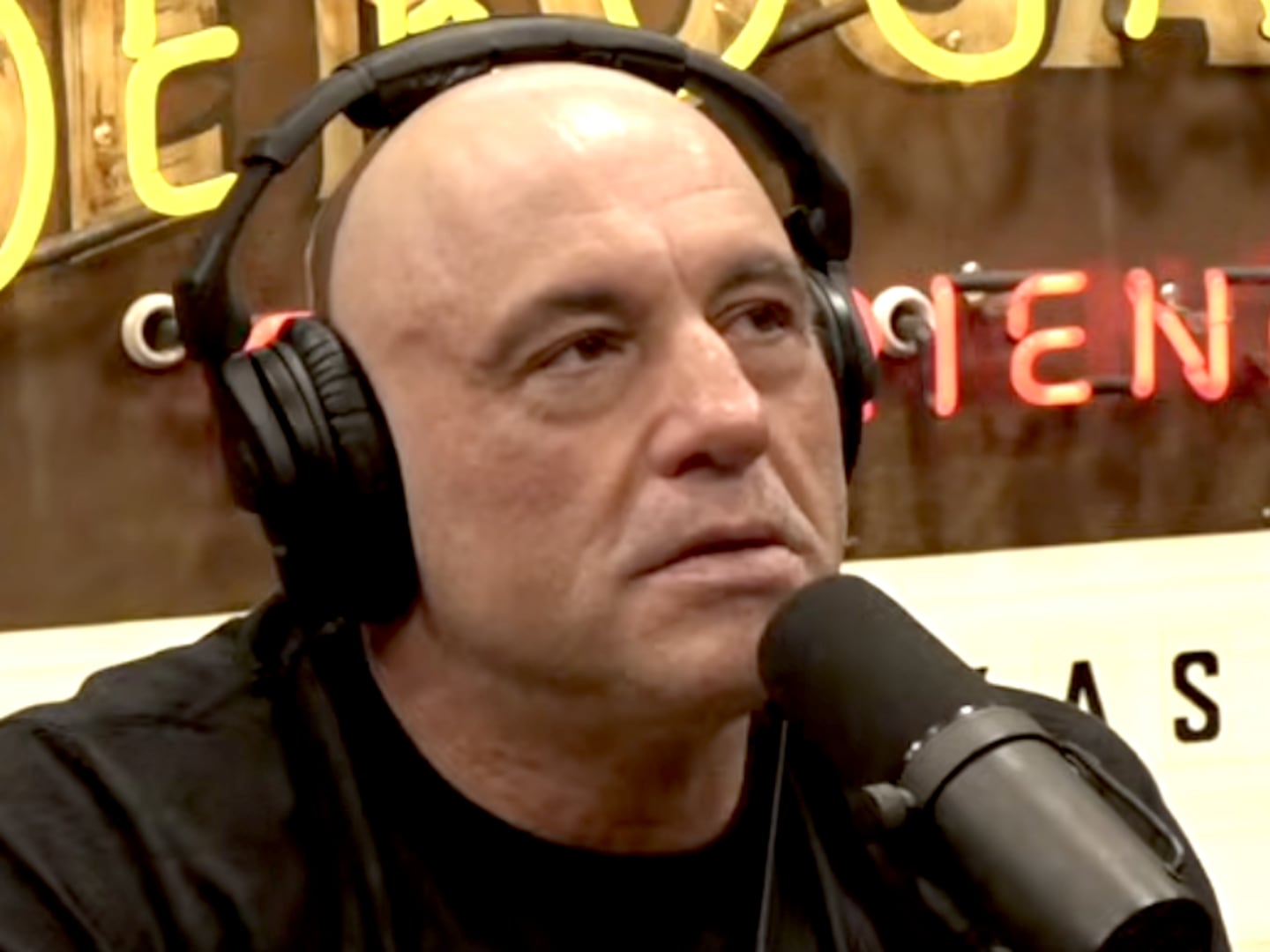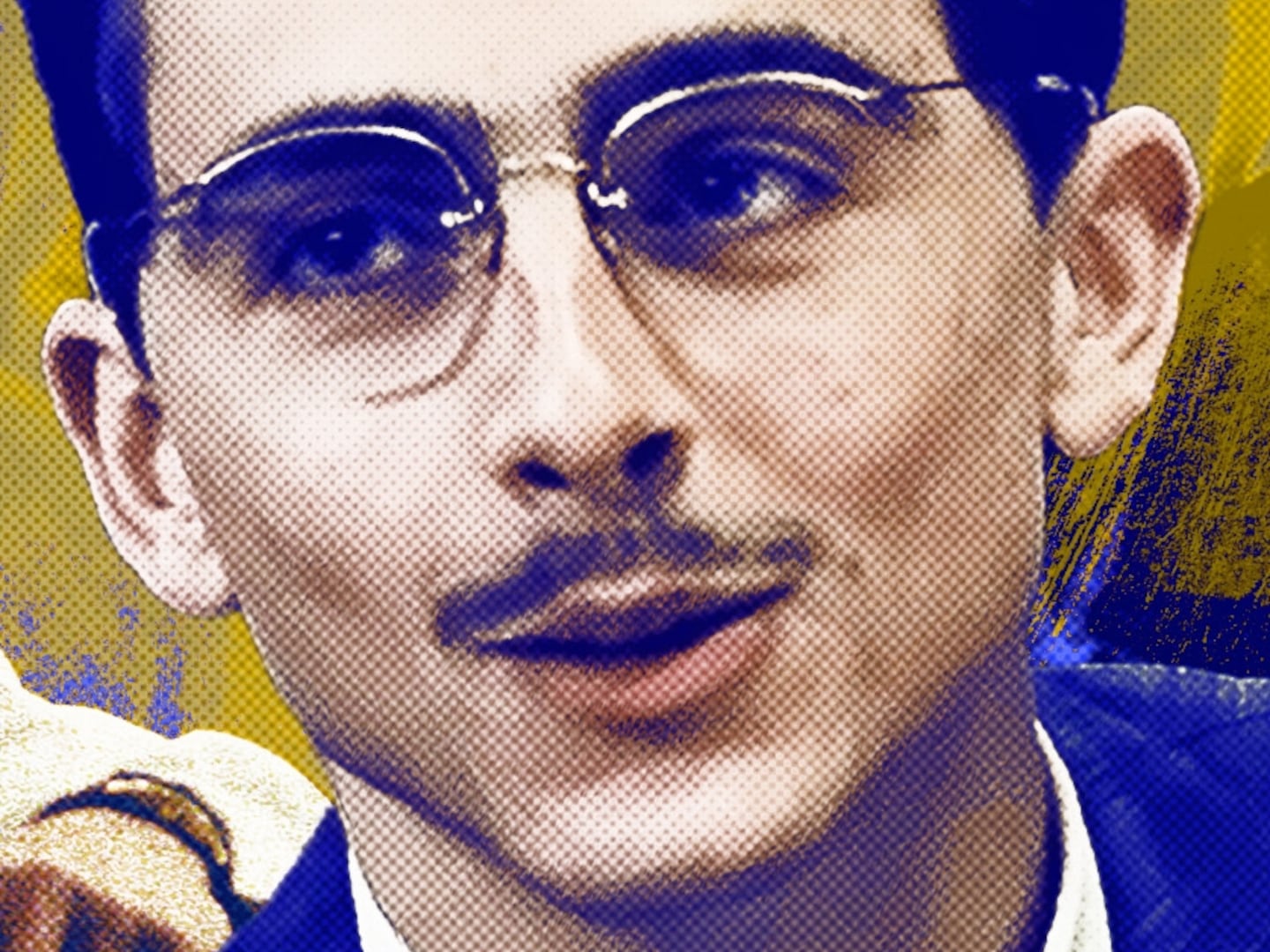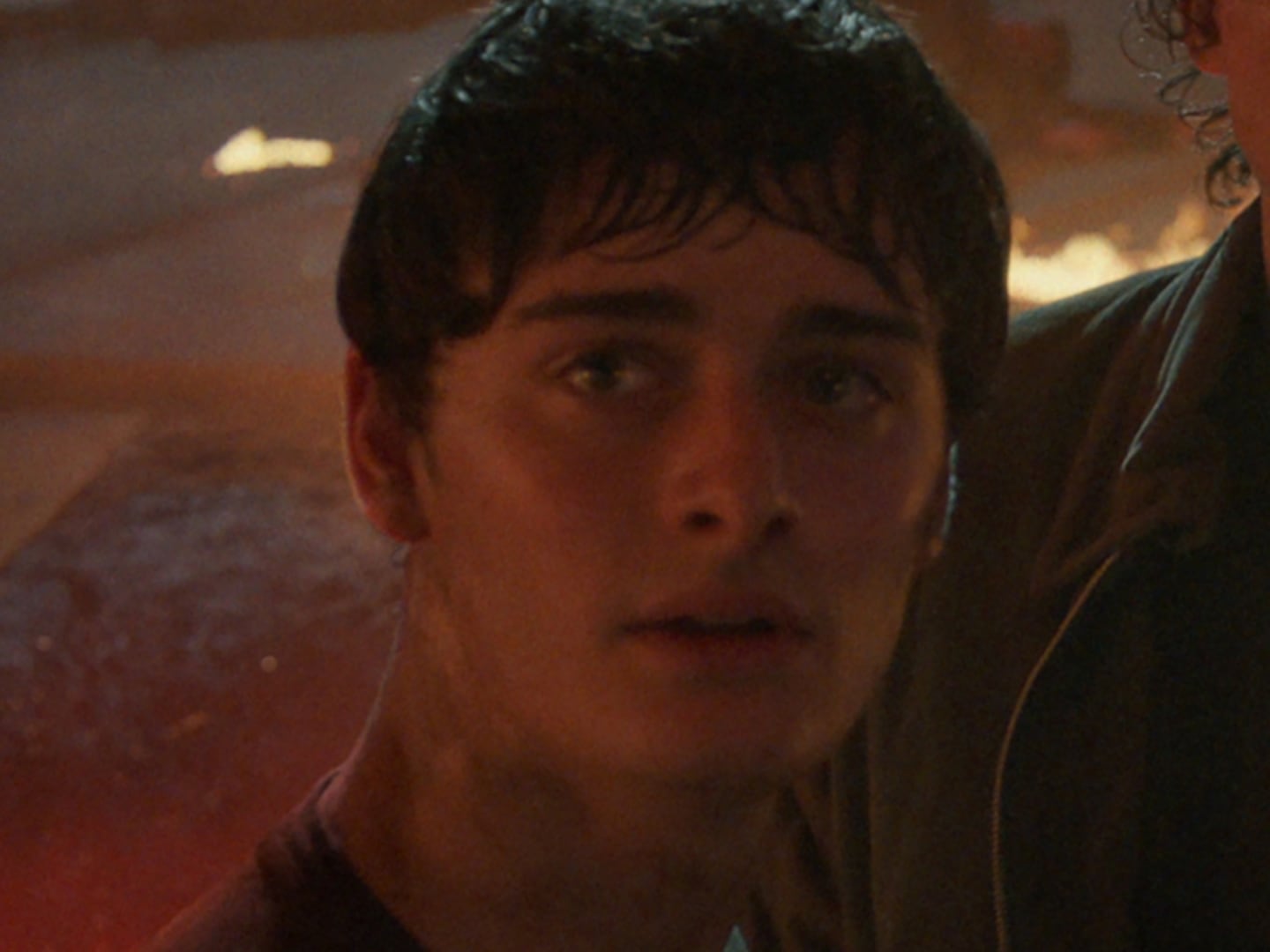Ryan Murphy is on a Netflix hot streak. He basically broke the internet (and Netflix’s streaming numbers) with his questionable take on serial killer Jeffrey Dahmer. Now, hot on the heels of Dahmer, he’s back with another true crime offering: The Watcher. This show is based on a real-life unsolved case involving a family in Westfield, NJ, who kept receiving creepy letters from someone known as The Watcher and ended up never moving into the new home they’d bought.
This premise alone would’ve been enough to make a compelling TV show: a drama that explores the trauma of being consumed by something that ends up ruining your life, yet never has a satisfying conclusion. But if there’s one thing Ryan Murphy is known for, it is his flair for the dramatics. And so, The Watcher is riddled with unnecessarily campy and bizarre moments that turn a show that is genuinely compelling into something utterly ridiculous.
(Warning: Spoilers ahead for The Watcher.)
The problem with The Watcher story is that we don’t know enough. The series takes various creative liberties, introducing new life events, traumas, and ordeals to add to the drama—instances that never actually happened—that feel out of place in the larger, surprisingly grounded narrative. (At least by Murphy’s standards…)

For example, the standout character of Karen, the real estate agent played by the incomparable Jennifer Coolidge—who is going through a renaissance of her own—is not real. Therefore it is safe to assume that the chilling American Horror Story-esque scene in the final episode, in which Karen buys the house from the Brannock family, receives a letter of her own and is haunted by a hooded figure holding a knife (who also kills her dog), isn’t real either.
Neither is Theodora Birch, the private investigator played by Noma Dumezweni, who, in one of the most ridiculous moments of the show, tells the Brannocks on her deathbed that she made up the character of The Watcher because she wanted to drive them out of the house so that she could buy it. It is later proved that she only said that to hopefully bring some closure to the family.
But the moment this show truly goes off the rails is when it introduces the notion that the Brannocks’ neighbors Mia and Mitch, hauntingly played by Margo Martindale and Richard Kind, are involved in a satanic death cult that kills babies to drink their blood. Up until that moment, the show was seemingly grounded in reality. Bobby Cannavale, who plays Dean Brannock, was doing a beautiful job in portraying the trauma of an incident that consumes his entire life.
However, it cannot be a Ryan Murphy show if something campy or dramatic doesn’t happen. Hence the satanic baby subplot. Murphy seems to be trying to have his cake and eat it too. He is trying to make a show that is grounded in reality and explores the real, traumatic experiences of this family, but he also cannot help but use his tried and tested American Horror Story formula of over-dramatization and extravagance. In doing so, he lands nowhere—The Watcher becomes a gimmick that is also not dramatic enough.
Here’s the thing about Murphy: He has, over the years, garnered a massive cult following for his campy, cringe-inducing, over the top horror shows. American Horror Story has a legion of fans that will go to bat for the series and Sarah Paulson ’til kingdom come—as they should.

There is a reason for it. Murphy is the Taylor Swift of the TV world. He hides clues and easter eggs in plain sight, leaving fans to guess the theme of the next installment of the series. He capitalizes on the hype, time and time again, building a mass following like no other.
And who doesn’t love a campy, trippy, and bizarre glimpse into the world of horror a la Ryan Murphy? The man knows how to deliver complex storylines and well-dimensioned characters with a spectacle. This completely works with the extravagant nature of American Horror Story, but when it comes to true-crime shows like The Watcher, it feels incredibly out of place. His greatest storytelling asset also becomes his vice.
The thing is, Murphy knows how to do true-crime shows. His American Crime Story series is proof enough. The People v. O.J. Simpson is one of the best examples of a Ryan Murphy true-crime spectacle done well. As sensational as the stories of O.J. Simpson or Gianni Versace, whose murder was at the center of another American Crime Story season, are, Murphy managed to ground them in reality.
Yes, there are plenty of dramatic moments—especially in the latter season—but he manages to weave them into the story in a way that adds to the story instead of distracting from it. They don’t take you away from the larger narrative.
But in The Watcher, the unnecessary dramatics, the creepy neighbours and the satanic blood cult pulls you out of an otherwise very gripping—and funny!—story of a family haunted by a stranger who writes them threatening letters.
It’s worth noting that with all three seasons of American Crime Story, Murphy had a treasure trove of material to work with. In the case of The Watcher, there is scant source material about the real-life story, which means that much of the series is speculation and fictionalization. That’s not to mention that the case is unsolved, so, when you get to the end of the show, you are left with an incredibly unsatisfying conclusion—which is something viewers have taken issue with.

With The Watcher, Murphy is pushing boundaries to explore conspiratorial thinking and what it can do to someone when it consumes their entire life, but he doesn’t push far enough. Instead, he chooses to focus on the wild goose chase of something that seemingly does not exist because there is more avenue for drama.
And if you really want to watch a show that details the harrowing incidents summed up in the New York magazine article the series is based on with funny jokes, insights, and a few interesting theories that might haunt you, you’re better off watching the Buzzfeed Unsolved episode about The Watcher on YouTube, where “ghoul boys” Shane Madej and Ryan Bergara do a much better job dissecting the ordeal in 30 minutes than this show does in seven hours. Fair warning: You might fall down an Unsolved rabbithole. Worth it, though.






